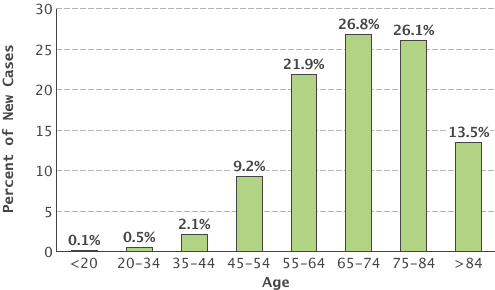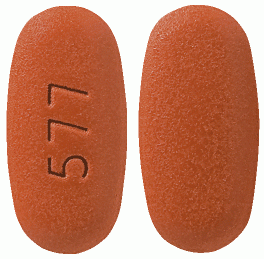December 2005 - A study conducted at the San Francisco VA Medical Center has identified a protein found in both mice and humans that appears to play a key role in protecting neurons from oxidative stress, a toxic process linked to neurodegenerative illnesses including Alzheimer's and Parkinson's diseases.
The study, led by Raymond Swanson, MD, chief of neurology and rehabilitation services at SFVAMC, identified the protein � known as EAAC1 in mice and as EAAT3 in humans � as the main mechanism through which the amino acid cysteine is transported into neurons. Cysteine is an essential component of glutathione, which Swanson terms "the most important antioxidant in the brain."
It had been thought previously that the main function of the protein was to remove excess glutamate, a neurotransmitter, from brain cells.
"It's known that neurons don't take up cysteine directly, and it's never been clear exactly how it gets there," says Swanson, who is also professor and vice chair of neurology at the University of California, San Francisco. "This study provides the first evidence that EAAC1 is the mechanism by which cysteine gets into neurons � and that transporting cysteine is probably its chief function."
Study findings are currently available in the Advance Online Publication section of Nature Neuroscience.
Continue Reading Below ↓↓↓
Antioxidants such as glutathione provide protection from oxidative stress, which kills cells through the "uncontrolled reaction of lipids in the cells with oxygen--basically, burning them out," says Swanson. Since the brain uses a lot of oxygen and is "chock full of lipids," it is particularly vulnerable to oxidative stress, he notes.
In the first part of the study, Swanson and his co-authors observed a colony of mice deficient in the gene responsible for the production of EAAC1 and compared their behavior with that of a colony of normal, or "wild type," mice. They noticed that around the age of 11 months � old age for a mouse � the gene-deficient mice began to act listlessly, not groom themselves properly, and exhibit other signs of senility. In contrast, the wild type mice "looked and acted totally normal," according to Swanson.
Then, in postmortem examination, the researchers found that the brains of the EACC1-deficient mice had abnormally enlarged ventricles � openings within the brain that provide a path for cerebrospinal fluid � while the ventricles of the wild type mice were normal. Enlarged ventricles "also occur in Alzheimer's patients," Swanson notes.
In addition, it was found that the EAAC1-deficient brains had fewer neurons in the hippocampus, and that all neurons in the hippocampus and cortex showed evidence of oxidative stress, unlike in the wild type mice.
The researchers then compared brain slices from younger mice in both groups. They found that it took ten times less hydrogen peroxide � a powerful oxidant � to kill slices from the EAAC1-deficient mice than it took to kill slices from the normal mice. This demonstrated that brains of mice unable to produce EAAC1 were ten times as vulnerable to oxidative stress as mice with the ability to produce EAAC1.
The researchers also found that the neurons of the EAAC1-deficient mice contained lower levels of the antioxidant glutathione compared to those of the normal mice.
Taken together, these results "support the idea that oxidative stress contributes to aging" in the brain, a well-known concept that Swanson calls "appealing," but difficult to prove or disprove. "This certainly adds credence to the idea," he says.
In the final part of the study, Swanson and his team investigated whether oxidative stress in EAAC1-deficient mice might be reversible.
For several days, a group of gene-deficient mice were fed N-acetylcysteine, an oral form of cysteine that is readily taken up by neurons. When their neuron slices were compared with slices from untreated gene-deficient mice, it was found that N-acetylcysteine "had completely corrected the biochemical defect" in their neurons, recounts Swanson. "Their glutathione levels were normal, their ability to withstand hydrogen peroxide toxicity was normal, and the oxidants we saw in the neurons in response to oxidative challenges were normal."
Based on the results of the current study, Swanson and his group are working to determine whether EAAC1 expression is altered in neurodegenerative illnesses such as Alzheimer's and Parkinson's diseases. Should this prove to be the case, says Swanson, then manipulation of EAAC1 levels "might provide a novel approach" to the treatment of these diseases in the future.
Continue Reading Below ↓↓↓
The co-authors of the study, all of whom are with SFVAMC and UCSF, were Koji Aoyama, MD, PhD; Sang Won Suh, MD, PhD; Aaron M. Hamby, BS; Jialing Liu, PhD; Wai Yee Chan, PhD, and Yongmei Chen, MD, PhD. The study was funded by grants from the National Institutes of Health that were administered by the Northern California Institute for Research and Education, and from the Department of Veterans Affairs.
Source: University of California











